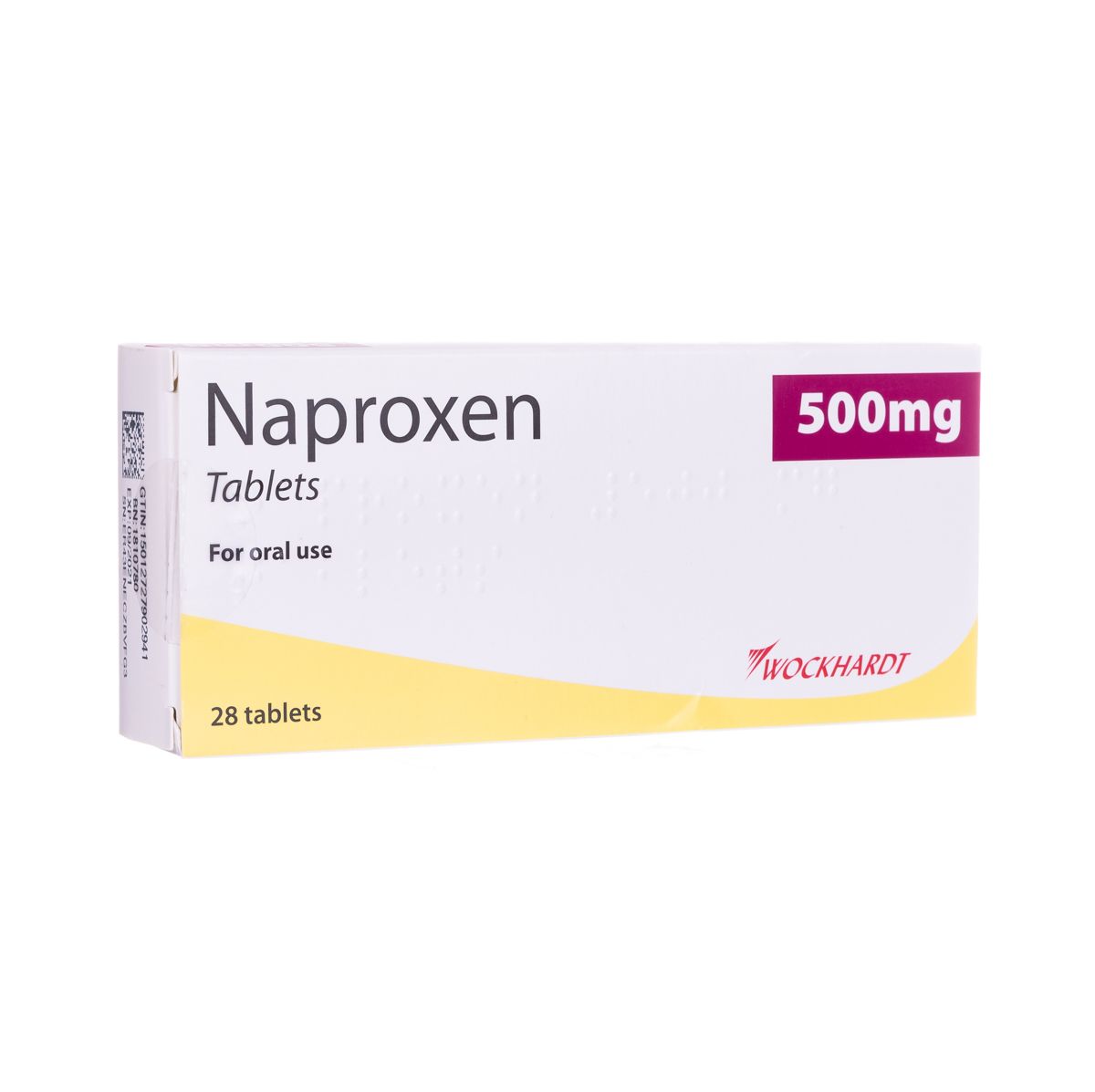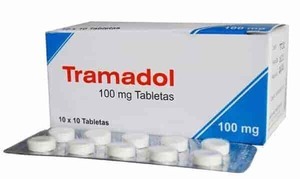Naproxen Sodium, often sold under various brand names such as Aleve, is a nonsteroidal anti-inflammatory drug (NSAID) commonly used for the relief of pain, inflammation, and fever. The 500 mg dosage is a standard strength widely prescribed by healthcare professionals for its effectiveness in managing a range of conditions. In this comprehensive overview, we explore the uses, mechanism of action, dosage, potential side effects, and considerations associated with Naproxen Sodium 500 mg.
Uses and Indications:
Naproxen Sodium is employed to alleviate pain and reduce inflammation associated with various conditions, including arthritis, menstrual cramps, tendinitis, bursitis, and minor injuries such as strains and sprains. Its dual action as an analgesic and anti-inflammatory makes it a versatile medication for managing a spectrum of musculoskeletal and inflammatory disorders.
The 500 mg strength is often recommended when higher doses are necessary to achieve the desired therapeutic effects. It is essential for individuals to use Naproxen Sodium under the guidance of a healthcare professional and strictly adhere to prescribed dosages to avoid potential side effects.
Mechanism of Action:
Naproxen Sodium belongs to the class of NSAIDs, which work by inhibiting the activity of cyclooxygenase (COX) enzymes. COX enzymes are responsible for the production of prostaglandins, lipid compounds that mediate inflammation, pain, and fever. By inhibiting COX enzymes, Naproxen Sodium reduces the synthesis of prostaglandins, thereby diminishing pain and inflammation.
Naproxen Sodium is unique among NSAIDs due to its longer duration of action, allowing for less frequent dosing compared to some other medications in its class. This characteristic contributes to its popularity in managing chronic conditions that require sustained pain relief.
Dosage and Administration:
The 500 mg dosage of Naproxen Sodium is commonly prescribed in tablet form, and the dosage regimen is determined by the specific condition being treated, the individual’s response, and other health considerations. It is typically taken orally with a full glass of water, and it can be taken with or without food. Individuals are advised to swallow the tablet whole without crushing or chewing it.
The frequency of dosing may vary but is often recommended every 8 to 12 hours, depending on the severity of the symptoms and the healthcare provider’s guidance. It is crucial for patients to adhere to the prescribed dosage and not exceed the recommended limits, as exceeding the dosage can increase the risk of side effects and complications.
Side Effects and Considerations:
While Naproxen Sodium is generally considered safe and effective when used as directed, it is not without potential side effects. Common side effects include gastrointestinal issues such as indigestion, heartburn, nausea, and, in some cases, stomach ulcers or bleeding. To mitigate the risk of gastrointestinal complications, Naproxen Sodium is often recommended to be taken with food or milk.
NSAIDs, including Naproxen Sodium, have been associated with an increased risk of cardiovascular events such as heart attack and stroke. This risk may be higher in individuals with pre-existing cardiovascular conditions. It is crucial for individuals with heart-related concerns to discuss their health status with their healthcare provider before using Naproxen Sodium.
Long-term use of NSAIDs, especially at high doses, may be associated with an increased risk of kidney damage. Individuals with pre-existing kidney conditions should use Naproxen Sodium cautiously and inform their healthcare provider about their medical history.
Allergic reactions to NSAIDs are rare but can occur. Individuals who experience symptoms such as difficulty breathing, swelling of the face or throat, or severe skin reactions should seek immediate medical attention.
Special Populations:
Certain populations may require special considerations when using Naproxen Sodium. Pregnant individuals should avoid using NSAIDs, especially during the third trimester, as they may be associated with adverse effects on the fetal cardiovascular system. Breastfeeding individuals should also exercise caution, and the use of Naproxen Sodium during breastfeeding should be discussed with a healthcare provider.
The safety and efficacy of Naproxen Sodium in pediatric populations vary, and its use in children should be carefully considered and monitored under the guidance of a healthcare professional.
Conclusion:
Naproxen Sodium 500 mg, a widely used NSAID, offers effective relief from pain and inflammation associated with various conditions. Its versatility in managing a range of musculoskeletal and inflammatory disorders makes it a popular choice among healthcare providers.
The mechanism of action, inhibiting COX enzymes to reduce prostaglandin synthesis, distinguishes Naproxen Sodium as an analgesic and anti-inflammatory agent. The 500 mg strength is often prescribed when higher doses are necessary for optimal therapeutic effects.
Individuals using Naproxen Sodium should do so under the guidance of a healthcare professional, strictly adhering to prescribed dosages and reporting any side effects promptly. It is crucial to be aware of potential gastrointestinal complications and the increased risk of cardiovascular events associated with NSAIDs.
Open communication between patients and healthcare providers ensures a thorough understanding of potential risks, benefits, and considerations. Naproxen Sodium remains a valuable tool in managing pain and inflammation, contributing to improved quality of life for individuals dealing with various musculoskeletal and inflammatory conditions.





Reviews
There are no reviews yet.